While dinosaurs officially went extinct about 66 million years ago, some creatures walking among us today have remained virtually unchanged since the time when T. rex and Triceratops roamed the Earth. These living fossils, particularly certain insect species, have survived multiple mass extinctions and persisted through dramatic planetary changes with their fundamental body plans intact. Their evolutionary stability offers scientists invaluable insights into ancient ecosystems and evolutionary processes. Join us on a fascinating journey through time as we explore the remarkable insects that have remained virtually unchanged since the Jurassic period, earning them the nickname “living dinosaurs” of the insect world.
What Makes an Insect a “Living Fossil”?
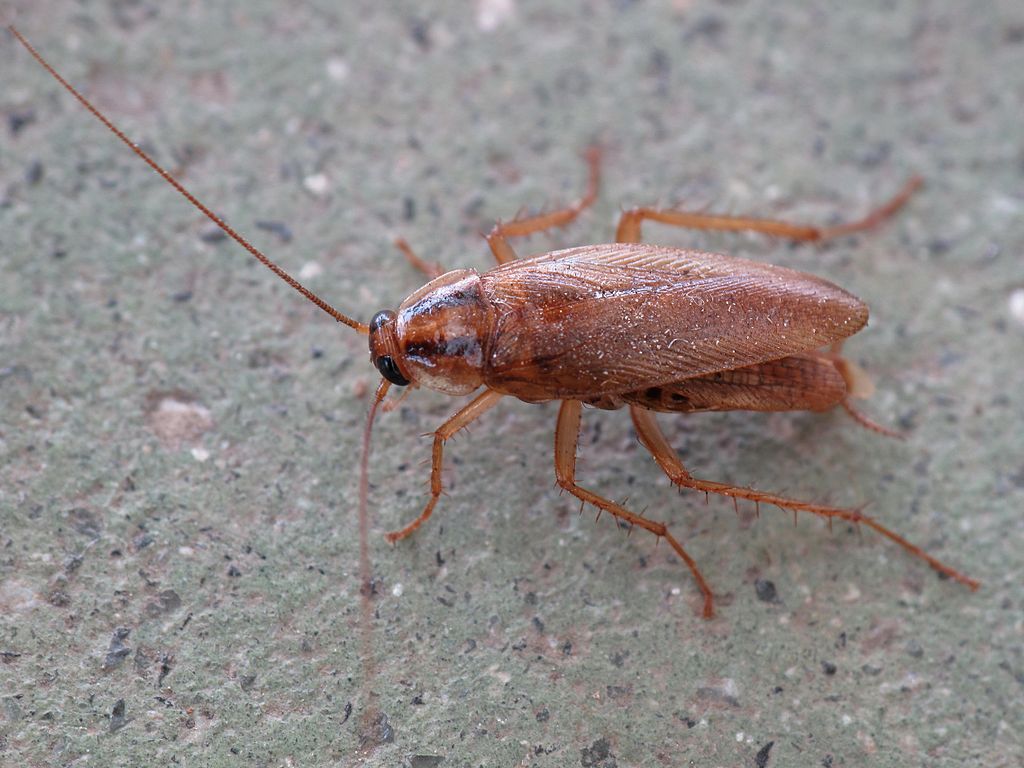
The term “living fossil” describes organisms that have maintained their primitive characteristics over extraordinarily long periods of evolutionary time, showing minimal morphological change despite millions of years of opportunity to evolve. For insects to qualify as Jurassic survivors, they must demonstrate remarkable evolutionary stasis, with modern specimens closely resembling their fossilized ancestors from 145-200 million years ago. Scientists identify these time travelers by comparing modern specimens with fossil records, looking for anatomical structures that have remained consistent across geological eras. What makes these insects particularly fascinating is that they’ve maintained these ancient forms despite facing numerous environmental challenges, climatic shifts, and competitors that should have driven adaptive changes according to conventional evolutionary theory.
The Cockroach: Ultimate Survivors Since the Carboniferous
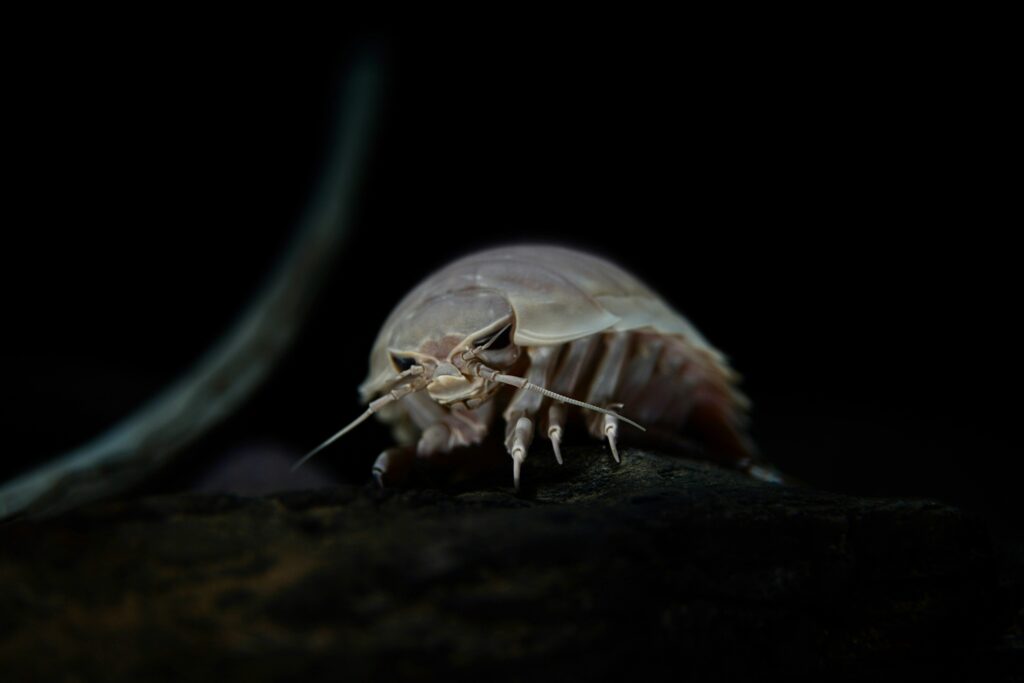
Though predating even the Jurassic period, cockroaches represent perhaps the most famous example of evolutionary persistence in the insect world, with their basic body plan remaining largely unchanged for over 300 million years. Fossil evidence shows that Jurassic cockroaches were remarkably similar to modern species, featuring the same flattened bodies, long antennae, and characteristic scurrying behavior that make them such efficient survivors. Their primitive respiratory system and simple body structure have proven remarkably effective, requiring almost no modifications despite hundreds of millions of years of planetary changes. This extraordinary resilience has allowed cockroaches to survive multiple mass extinction events, including the one that wiped out the dinosaurs, earning them their reputation as the ultimate apocalypse survivors.
Dragonflies: Aerial Predators Unchanged for 300 Million Years
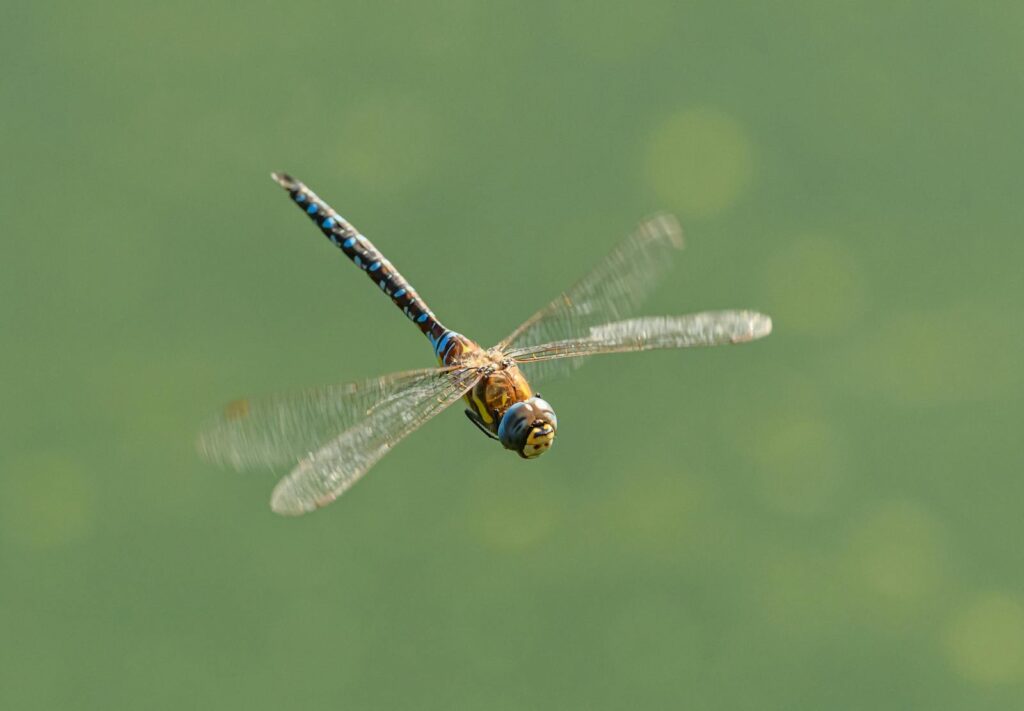
Modern dragonflies would look remarkably familiar to a time traveler from the Jurassic period, as their distinctive body plan has remained largely unchanged for over 300 million years. What’s particularly fascinating is that Jurassic dragonflies used the same unique flight mechanics we observe today, with their ability to move each of their four wings independently—a feature that makes them among the most agile fliers in the insect world. Fossil records show that prehistoric dragonflies employed identical hunting strategies, using their large compound eyes to spot prey and their specialized legs formed into a “basket” to capture victims mid-flight. The main difference between modern dragonflies and their Jurassic ancestors is simply size—ancient specimens often had wingspans reaching up to two feet across, compared to the more modest proportions of today’s species.
Silverfish: Ancient Household Pests

The silverfish crawling in your bathroom have a lineage stretching back nearly 400 million years, with fossils showing their characteristic teardrop-shaped bodies and three tail projections remained virtually unchanged throughout the Jurassic period. These primitive insects belong to the Thysanura order, which represents one of the most ancient insect groups still in existence, predating even the evolution of wings in insects. Silverfish maintain several primitive features, including their unusual method of molting throughout their adult lives, rather than just during development stages like most other insects. Their simple body plan and generalist feeding habits, allowing them to digest cellulose and starches found in everything from book bindings to wallpaper paste, have proven so effective that evolution has had little reason to modify their design across geological epochs.
Mayflies: Ephemeral Lives, Eternal Design
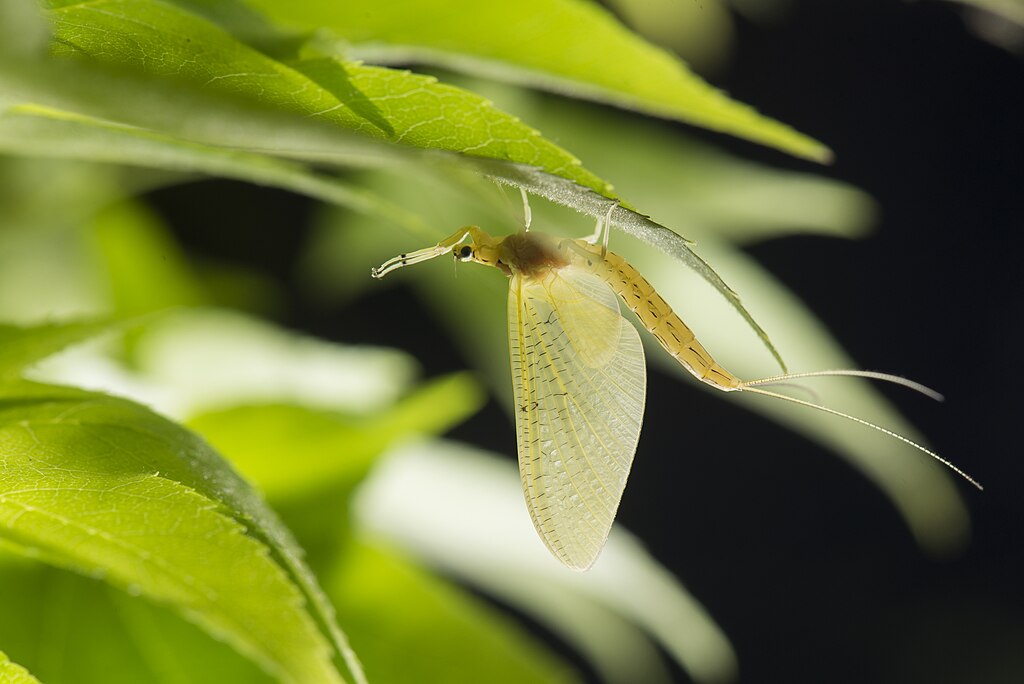
Despite their famously short adult lifespans, mayflies represent one of the oldest flying insect groups, with a body plan that has remained consistent since the Jurassic period over 180 million years ago. Their distinctive life cycle—featuring an aquatic nymph stage followed by an incredibly brief adult phase dedicated solely to reproduction—was already established during the time of dinosaurs. Paleontologists have recovered mayfly fossils showing the same upright wings, long tails, and vestigial mouthparts (as adults don’t feed) that characterize modern species. The remarkable stability of their body design speaks to how perfectly adapted they became to their ecological niche early in their evolutionary history, requiring virtually no modifications despite the dramatic environmental changes Earth has experienced since the Jurassic era.
Damselflies: Delicate but Enduring
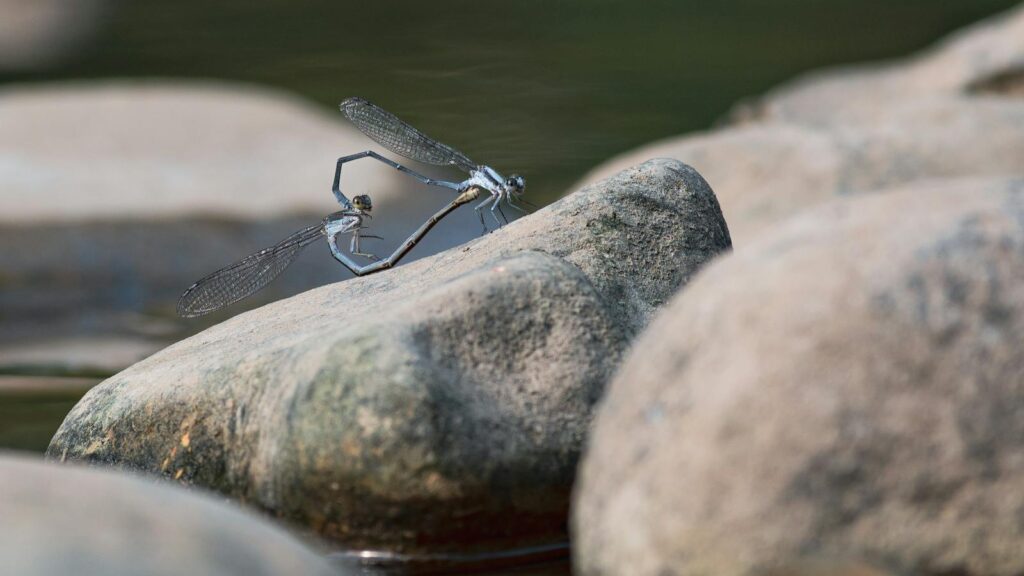
The slender, delicate damselflies we see resting with their wings folded along their bodies near ponds and streams today would be immediately recognizable to observers from the Jurassic period. These close relatives of dragonflies have maintained their distinctive body form for over 180 million years, with fossil specimens showing the same slim abdomen, large eyes, and characteristic wing position that defines modern species. Unlike their dragonfly cousins, damselflies fold their equally-sized wings over their bodies when at rest—a behavioral and morphological trait that has remained consistent since before the first flowering plants appeared on Earth. Their specialized mating mechanics, where males use specialized appendages to grasp females in the distinctive “wheel” position, represents a reproductive strategy that has remained unchanged since the age of dinosaurs.
Mantises: Ancient Ambush Predators
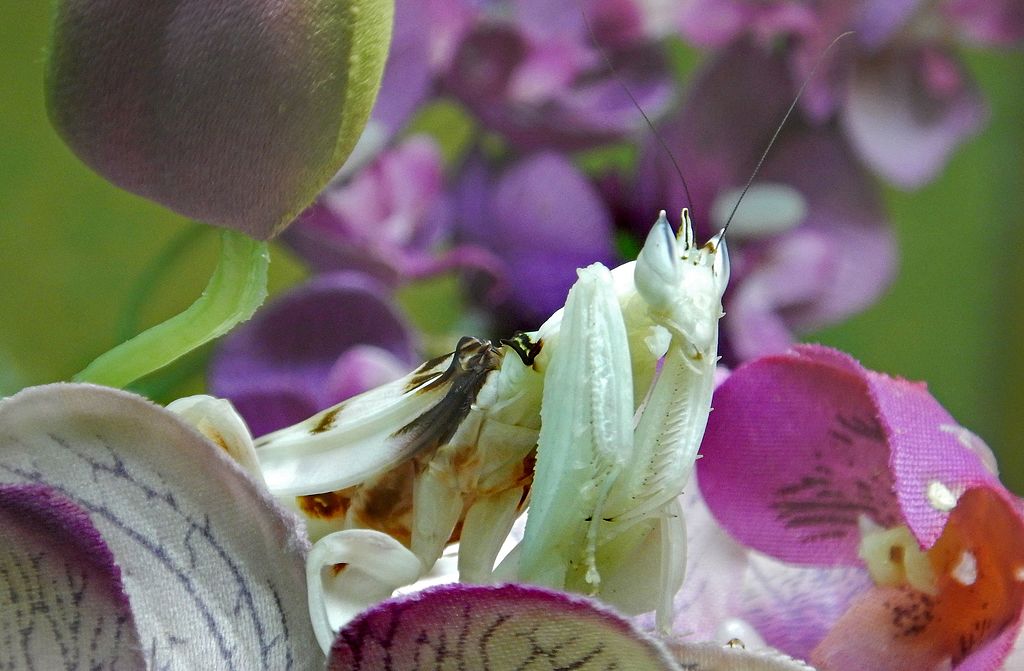
The praying mantis, with its distinctive triangular head, grasping forelimbs, and patient hunting strategy, represents a body plan that has remained remarkably stable since the Jurassic period. Fossil evidence from approximately 150 million years ago shows mantises already possessed their characteristic raptorial front legs, modified specifically for snatching prey with lightning-fast strikes. The mantis’s highly mobile head, capable of rotating 180 degrees to track potential meals, was already present in their Jurassic ancestors. Even their reproductive behavior, including the infamous practice of sexual cannibalism where females sometimes consume their mates, appears to be an ancient trait that has persisted through millions of years of evolution, demonstrating the effectiveness of their specialized predatory lifestyle.
Termites: Ancient Social Systems
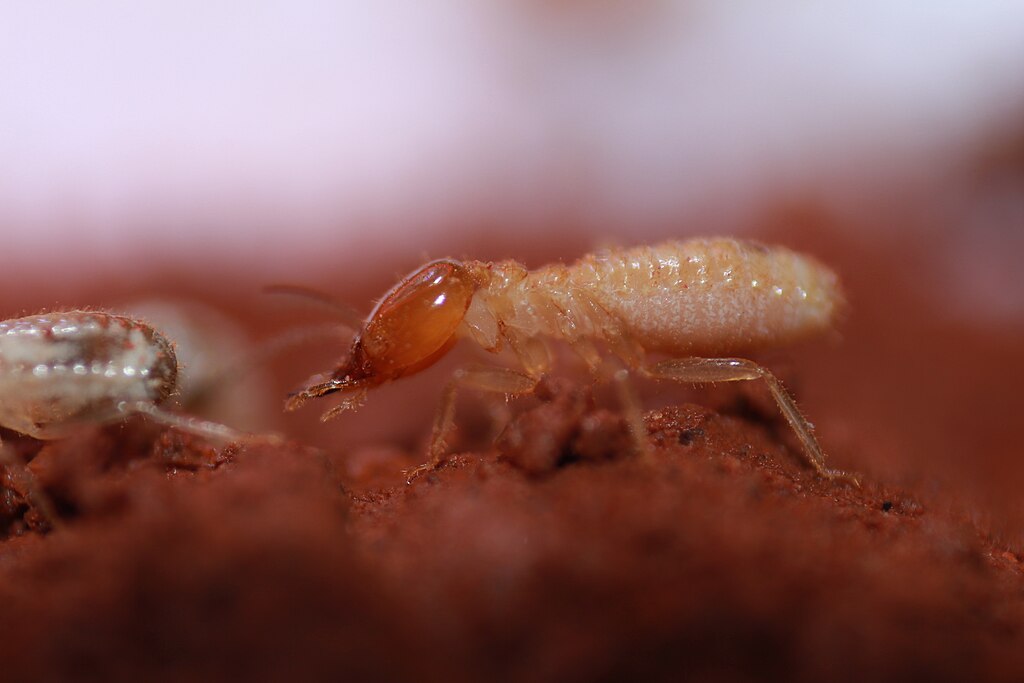
Termites evolved their complex social structures and specialized body forms during the Jurassic period, with the earliest fossil termite nests dating back approximately 150 million years. These insects had already developed their elaborate caste system—featuring workers, soldiers, and reproductive individuals—during the age of dinosaurs, representing one of the earliest examples of complex social organization in animals. The symbiotic relationship between termites and the microorganisms in their gut that allow them to digest cellulose was also established during this ancient period. Fossil evidence shows Jurassic termites already possessed the specialized mouthparts and digestive systems that make modern termites such efficient decomposers of wood and plant material, highlighting how successful this evolutionary adaptation has proven across millions of years.
Water Scorpions: Aquatic Ambush Hunters
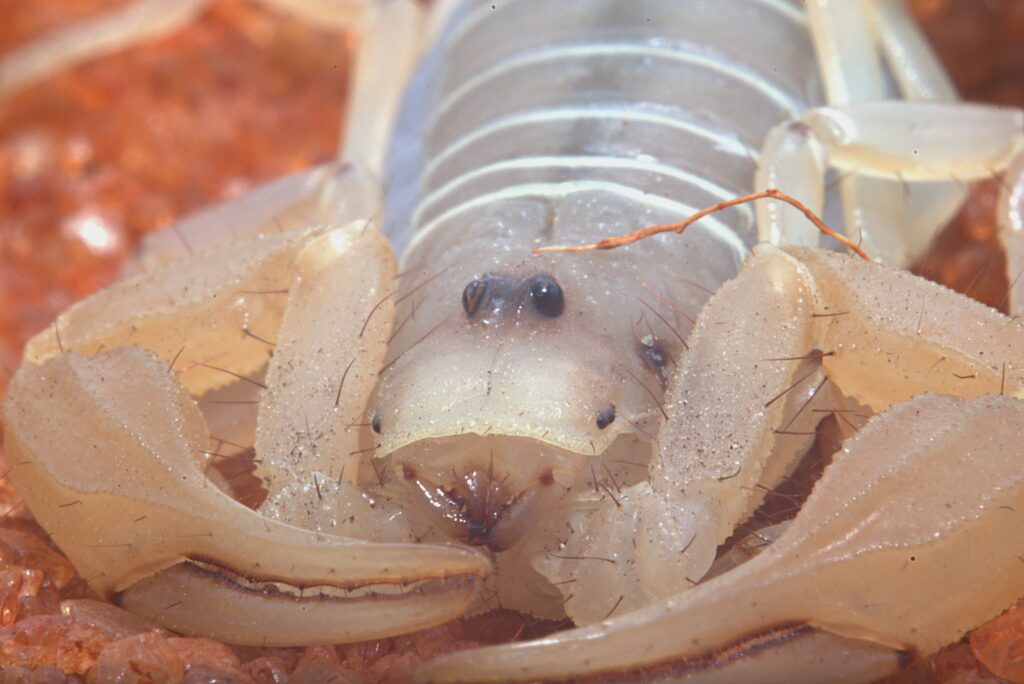
Water scorpions (Nepidae), despite their name, are actually aquatic insects related to true bugs that have maintained their distinctive body shape and hunting strategy since the Jurassic period. Fossil evidence shows that these ancient predators already possessed their characteristic breathing tube (resembling a scorpion’s tail) and raptorial front limbs specialized for capturing prey below the water’s surface. Their ambush hunting technique, where they lie motionless in wait for passing prey, has remained unchanged for over 165 million years. The specialized adaptations that allow water scorpions to breathe while submerged, using their extendable breathing tube like a snorkel to reach the surface, represent an innovation so successful that it required almost no modifications throughout millions of years of evolution.
Earwigs: Jurassic Parental Care Pioneers
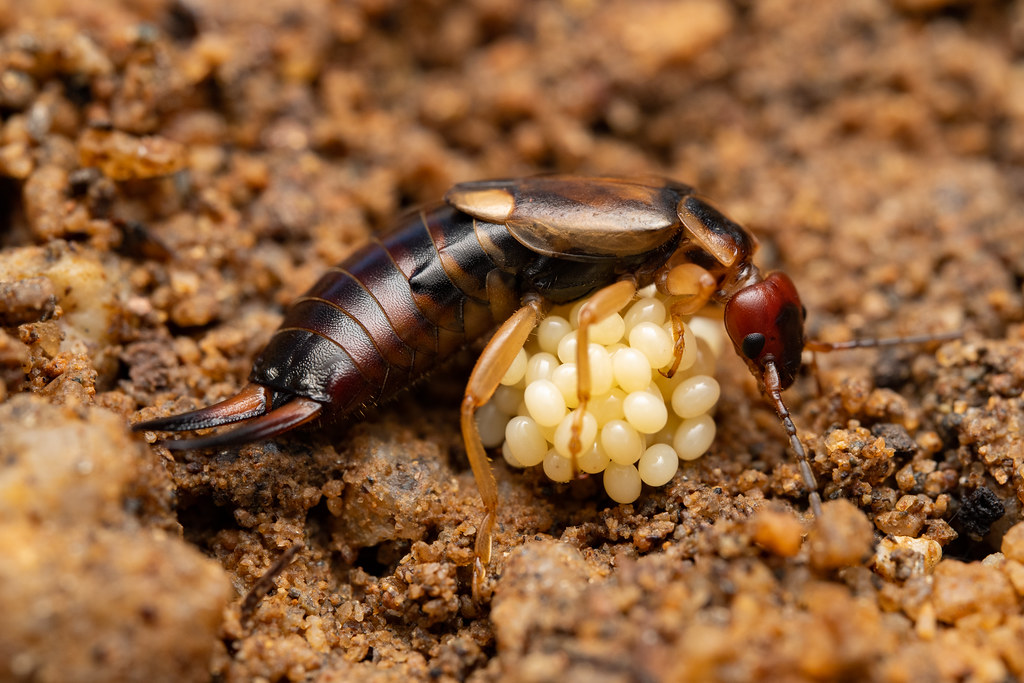
The distinctive pincers (cerci) that characterize earwigs were already present in their Jurassic ancestors, as evidenced by fossils dating back approximately 200 million years. These insects not only maintained their physical characteristics across geological eras but also preserved their unusual maternal care behaviors—rare among insects—where females actively protect their eggs and newly hatched young. The flexible abdomen and forceps-like appendages that modern earwigs use for defense, prey capture, and mating rituals were fully developed during the time when dinosaurs dominated terrestrial ecosystems. Their nighttime activity patterns and omnivorous feeding habits, allowing them to consume both plant material and other insects, represent ecological strategies established during the Jurassic that have proven remarkably effective across evolutionary time.
Stick and Leaf Insects: Masters of Disguise Since Prehistory
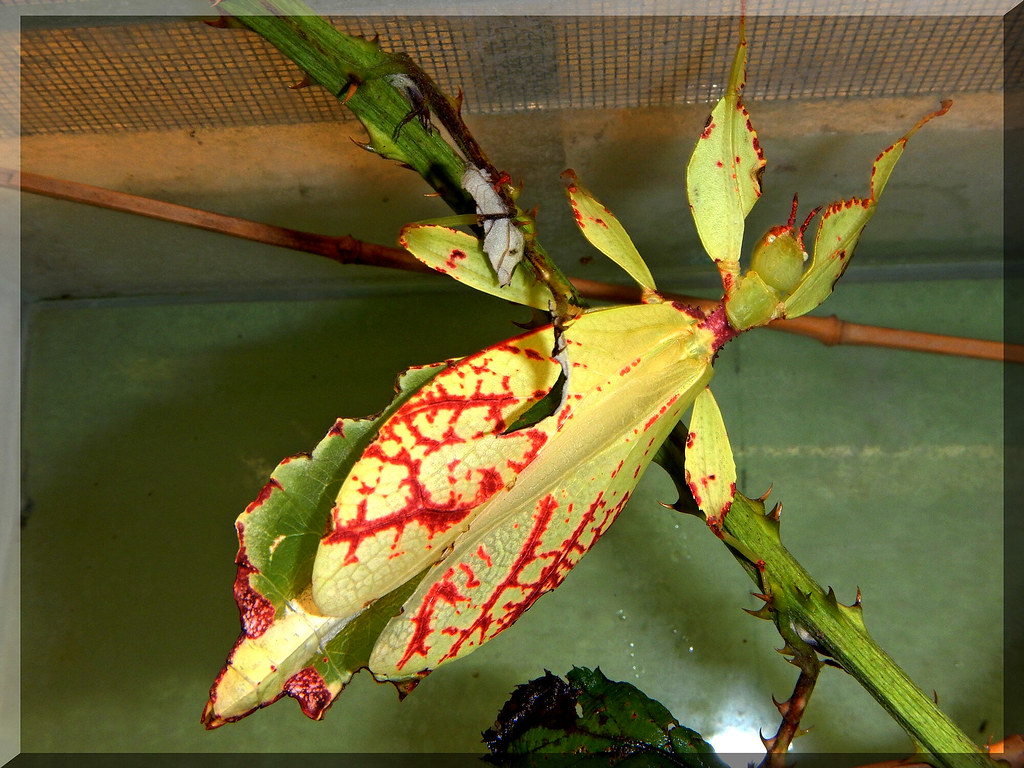
The remarkable camouflage abilities of stick and leaf insects (Phasmatodea) were already highly developed during the Jurassic period, with fossils showing they had evolved their twig-mimicking body forms over 150 million years ago. These insects represent one of nature’s most successful examples of evolutionary mimicry, with bodies perfectly adapted to resemble plant parts in order to avoid predation. Fossil evidence indicates that Jurassic stick insects already displayed the elongated bodies, modified legs, and swaying movements that make modern species nearly invisible among vegetation. What makes their evolutionary stability particularly impressive is that these insects maintained their specialized body plans despite dramatic changes in the plant communities they mimic, adapting to resemble new plant types as flowering plants came to dominate terrestrial ecosystems after the Jurassic period.
Webspinners: Ancient Silk Producers
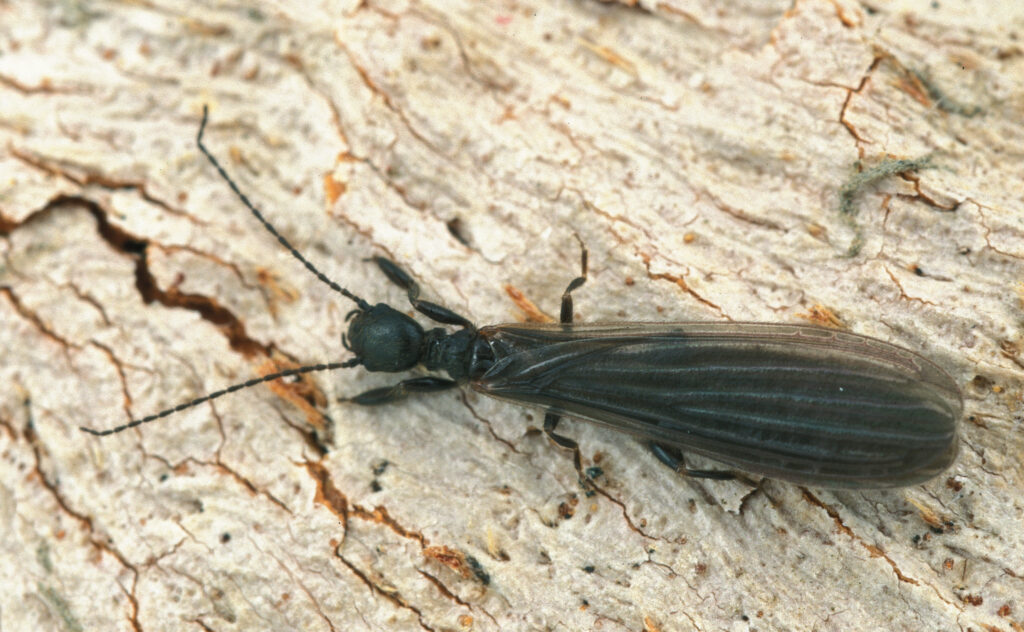
Webspinners (Embioptera), though less familiar than other insects on this list, represent one of the most ancient insect orders with a lineage traceable to the Jurassic period. These small insects have maintained their distinctive ability to produce silk from specialized glands in their front legs—a unique trait not shared with other silk-producing insects like spiders or caterpillars. Fossil evidence shows that Jurassic webspinners already constructed the silken tunnels and galleries that modern species use for protection and communal living. Their unusual trait of being able to run backward as quickly as forward within their narrow silk tunnels was already established during the age of dinosaurs. The remarkable preservation of such specialized behaviors and morphological adaptations across approximately 150 million years demonstrates the evolutionary success of their unique ecological strategy.
Why Have These Insects Remained Unchanged?

The evolutionary stasis displayed by these ancient insects challenges some conventional understandings of how natural selection typically drives change. Scientists attribute this remarkable stability to several factors, including the occupation of highly specialized ecological niches that remained relatively constant despite planetary changes. Many of these insects evolved nearly perfect adaptations to their specific lifestyles early in their history, reaching what evolutionary biologists call an “adaptive peak” from which any significant change would likely reduce rather than enhance survival fitness. Additionally, some possess generalized survival strategies that work effectively across widely varying conditions, reducing selection pressure for specialized adaptations. The persistence of these living fossils also suggests they may have faced fewer competitive pressures or predatory threats than other insect groups that underwent more substantial evolutionary changes during the same time periods.
What These Living Fossils Teach Us About Evolution
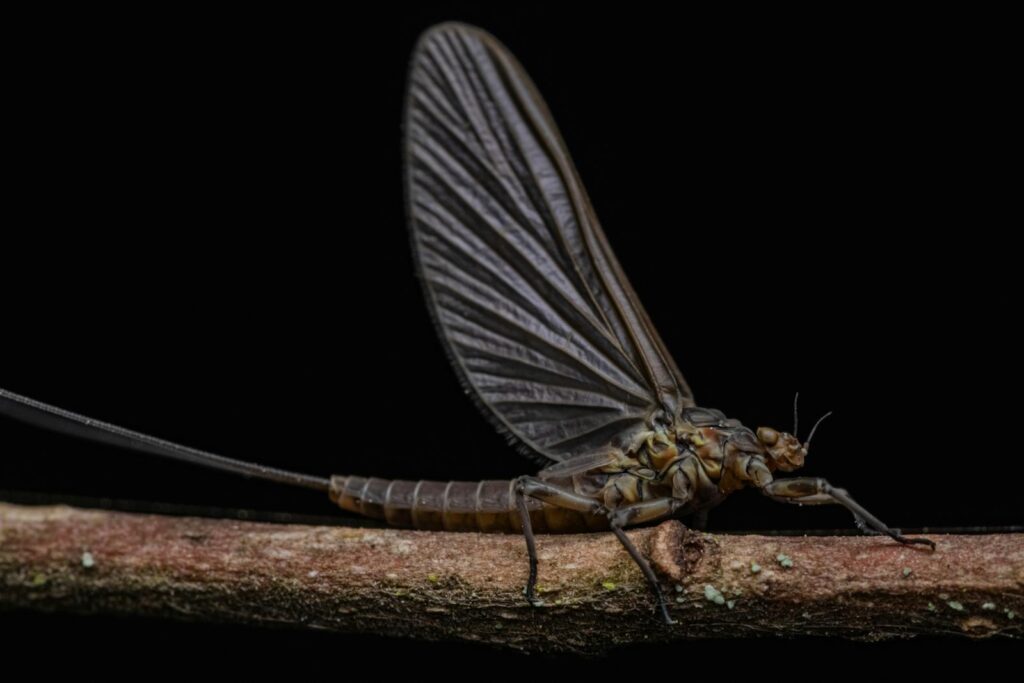
Jurassic insects that have survived to the present day provide invaluable insights into evolutionary processes and ancient ecosystems that would otherwise be inaccessible to modern science. By studying these living fossils, scientists can better understand the environmental conditions and ecological relationships that existed during the age of dinosaurs, offering a window into Earth’s distant past. These insects challenge the common misconception that evolution always proceeds toward increasing complexity, demonstrating that evolutionary success can also mean maintaining a stable, effective design across vast periods of time. Perhaps most importantly, these ancient survivors serve as biological time capsules, preserving genetic and behavioral information that has remained effective across hundreds of millions of years of Earth’s history, potentially holding clues to understanding resilience and adaptation that could prove valuable as we face current environmental challenges.
Conclusion
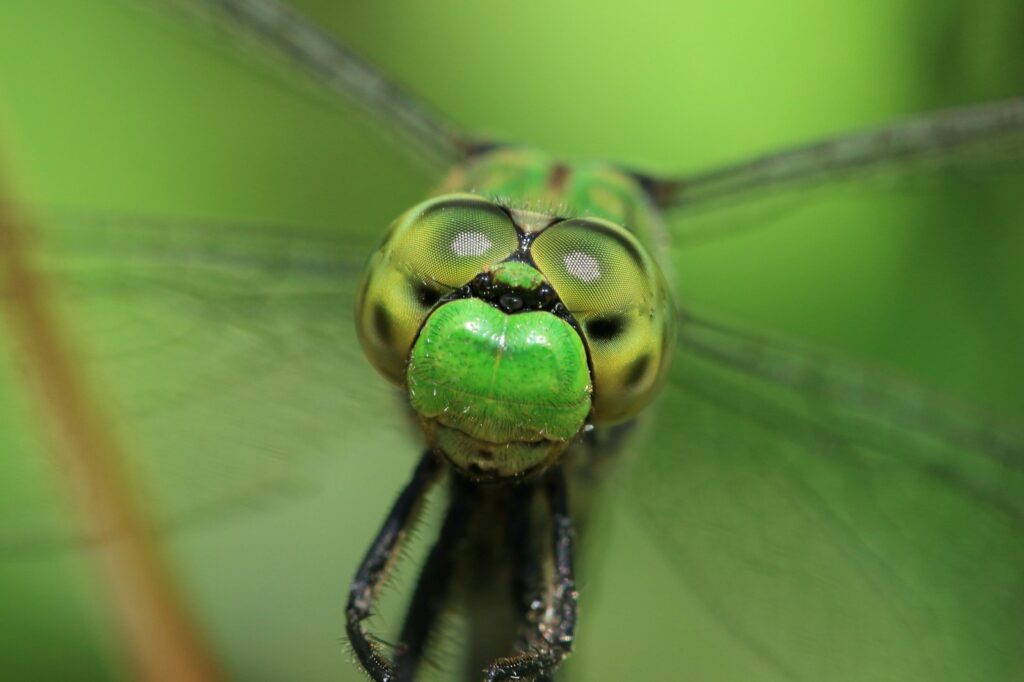
These remarkable insects, having witnessed the rise and fall of the dinosaurs and survived multiple mass extinction events, continue to thrive in modern ecosystems using body plans and behaviors established during the Jurassic period. Their evolutionary persistence stands as testament to the extraordinary success of their ancient adaptations, earning them the well-deserved title of “living dinosaurs” of the insect world. As we continue to study these living fossils, they offer both a tangible connection to Earth’s distant past and valuable lessons about evolutionary success that transcends geological time scales.

